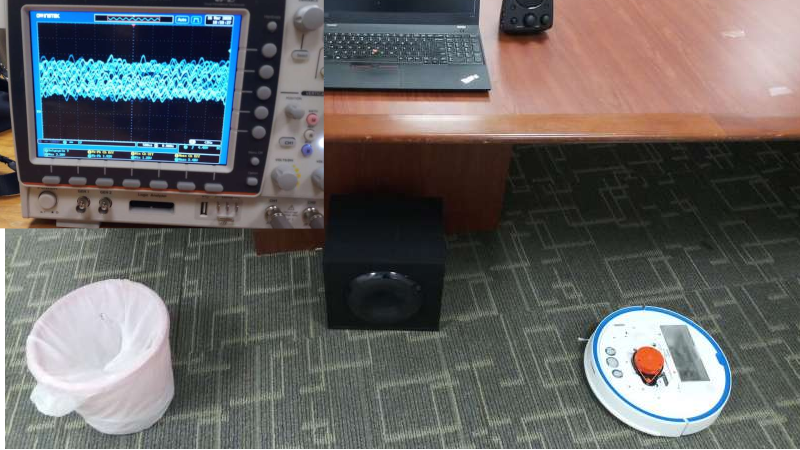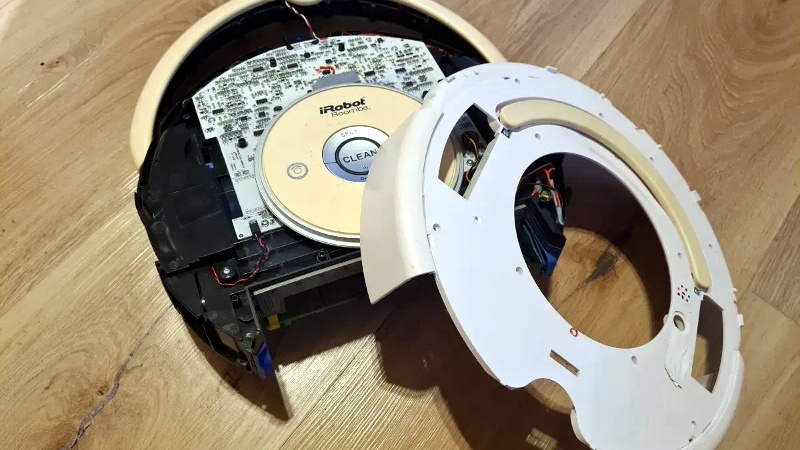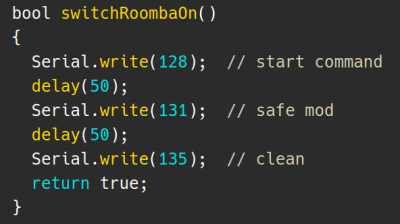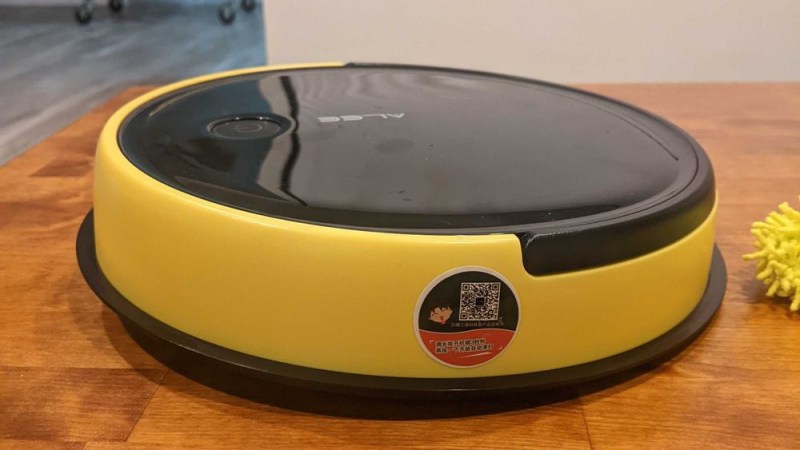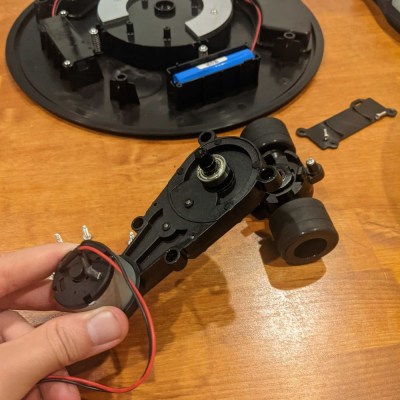After all the fuss and bother along the way, it seems a bit anticlimactic now that the James Webb Space Telescope has arrived at its forever home orbiting around L2. The observatory finished its trip on schedule, arriving on January 24 in its fully deployed state, after a one-month journey and a couple of hundred single-point failure deployments. The next phase of the mission is commissioning, and is a somewhat more sedate and far less perilous process of tweaking and trimming the optical systems, and getting the telescope and its sensors down to operating temperature. The commissioning phase will take five or six months, so don’t count on any new desktop photos until summer at the earliest. Until then, enjoy the video below which answers some of the questions we had about what Webb can actually see — here’s hoping there’s not much interesting to see approximately in the plane of the ecliptic.
In other solar system news, it turns out that one of the minor moons of Saturn may be more than meets the eye. Data captured by the Cassini mission flyby of Mimas shows the 400-km diameter moon probably has an internal ocean of liquid water. Astronomers have known about Mimas since William Herschel discovered it in 1789, and had assumed it was a giant ball of ice. But if it does turn out to have an internal ocean, it suddenly becomes another place to look for extraterrestrial life. But there’s just something familiar about the way this small moon looks that we just can’t put our finger on. Eh — probably nothing to worry about.
We got tipped off through The Analog to a fascinating video by Joe Grand detailing how he hacked a hardware wallet containing about $2 million of cryptocurrency. It’s a great case study in the art and science of fault injection, which was the approach Joe took to getting at the forgotten password for the Trezor hardware wallet. There are plenty of lessons here, both from the user side (don’t forget your password) and from the hacking side (patience is a virtue). Did he succeed, or did he end up frying the wallet? Watch and learn.
From the “It’s all fun and games until a multi-billionaire is slightly inconvenienced” files, we see that Elon Musk doesn’t like the fact that the comings and goings of his private jet are easily seen. This is thanks to a Twitter bot called @ElonJet, one of 15 similar billionaire-trackers written by 19-year-old Jack Sweeney. The bot scrapes ADSB data and correlates it with anonymized flight-plan data, and with a little logic applied to altitude data, figures out when and when Elon’s plane takes off and lands. Elon apparently Tweeted his objections to the tracker directly to Jack, saying that he didn’t want to become a target for “nutcases.” And then the world’s richest man made his takedown offer — $5,000. Jack is wisely holding out for at least another order of magnitude, or a Model 3 — whichever comes first. Don’t hold your breath, Jack.
Hams have a long history of using whatever is on hand to get on the air, but reusing COVID-19 rapid tests as antenna insulators may be pushing things a bit. Sure, the world is awash in plastic waste, and the used lateral-flow tests are just about the right size and shape for the job, but we’d say something soaked in saliva should probably be safely disposed of rather than reused.
And finally, when you stay in a hotel where a Hackaday editor has previously lodged, you’ve got to expect this kind of thing to happen. Jenny List shared this story from the Travelodge in Cambridge, where she stayed for the London Unconference in 2017, “in the before times” as she put it. According to reports, a robotic vacuum cleaner ran amok and made an escape from the hotel, having somehow failed to notice the flooring transition at the entrance that usually thwarts it. Now, we concede that it’s been more than four years since she stayed there, but it’s at least reasonable to ask if there’s a connection between Jenny’s visit and this obvious exploit of hardware hackery. We’re not throwing stones here, but the dead giveaway is that the hotel’s assistant manager offered “a drink at the bar” for the safe return of the robot. Sounds like Jenny might have been going for the long con here.

